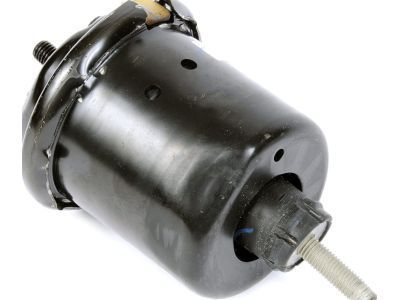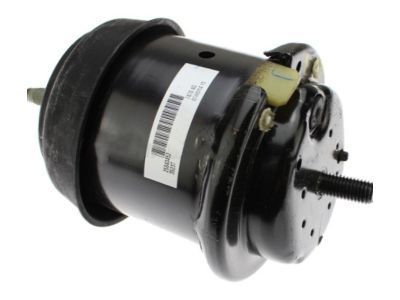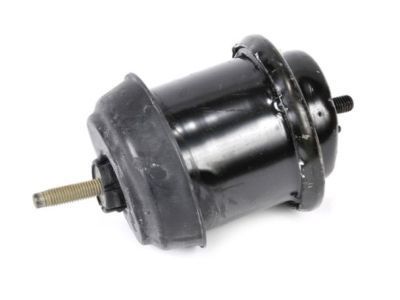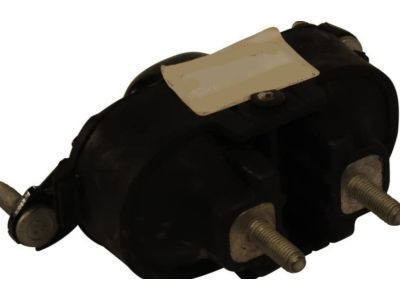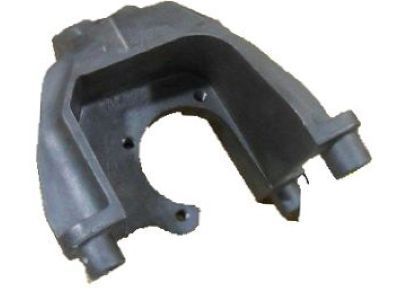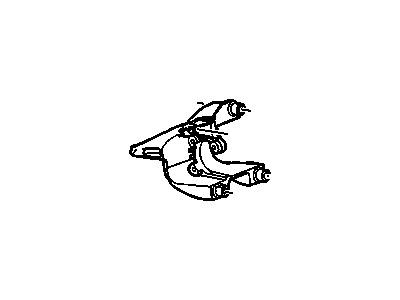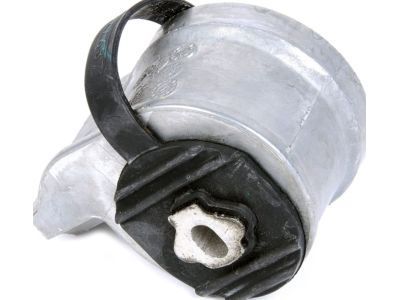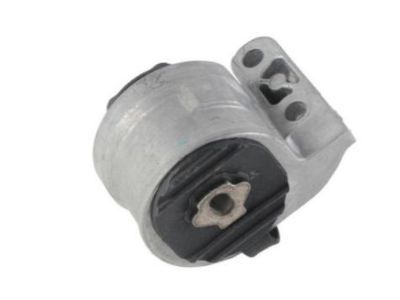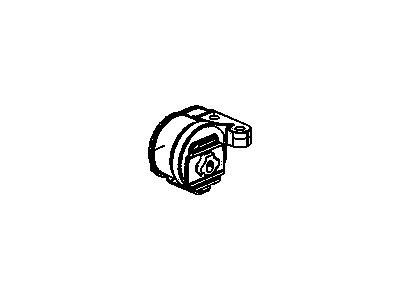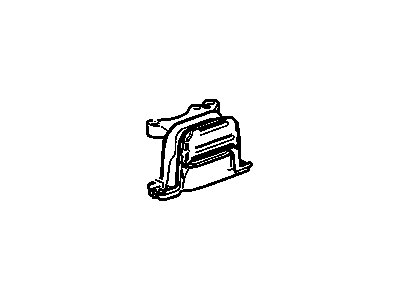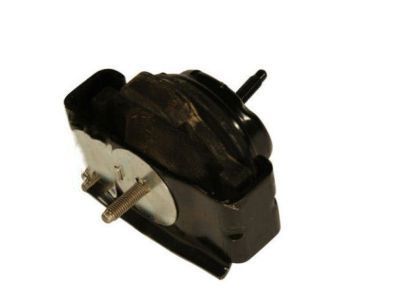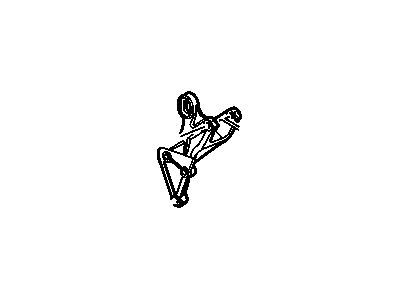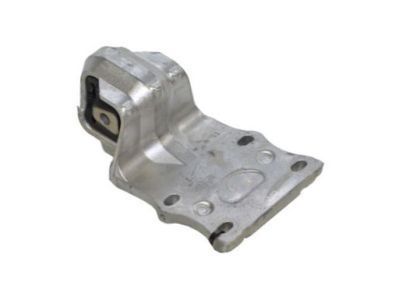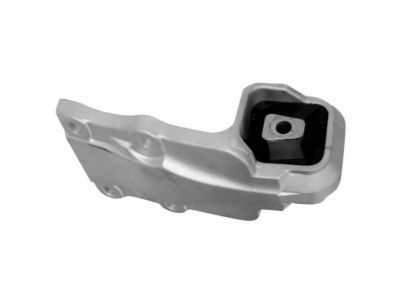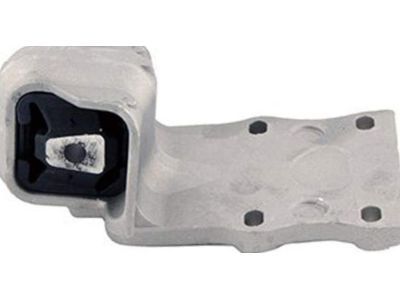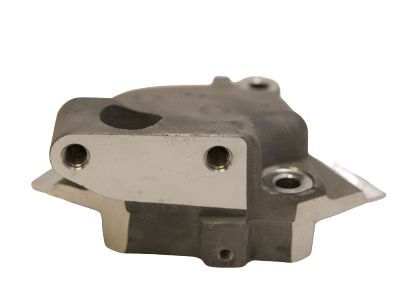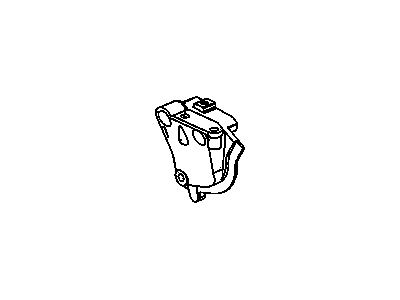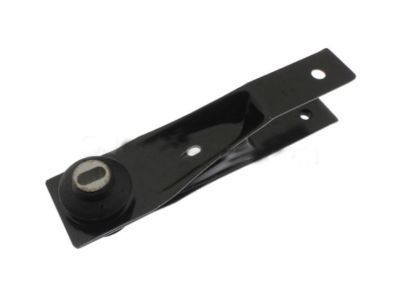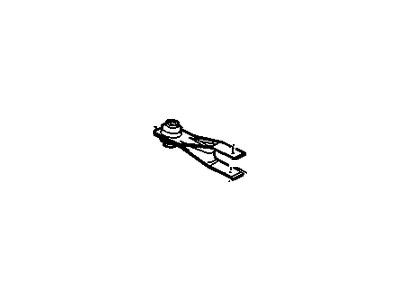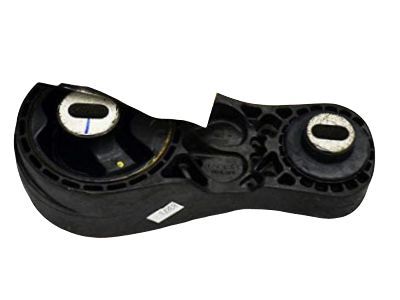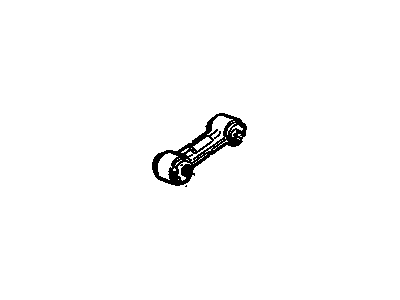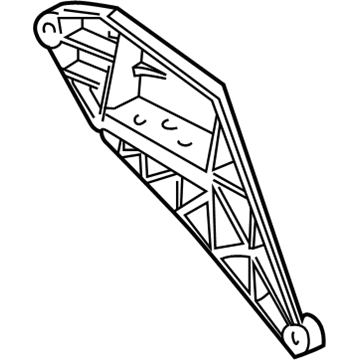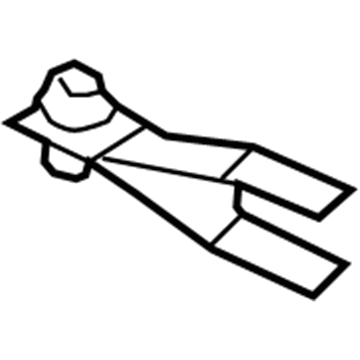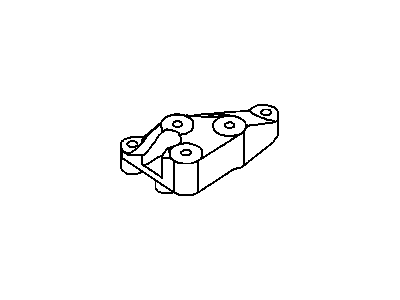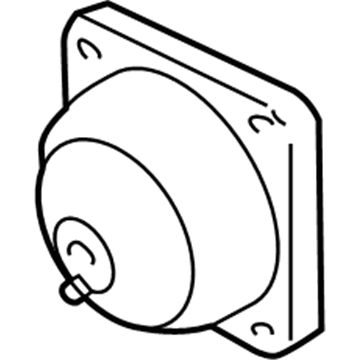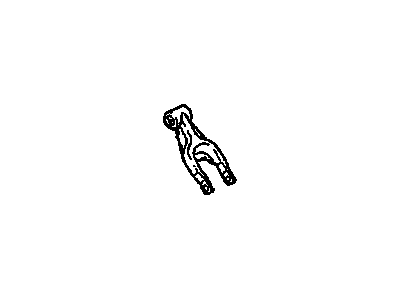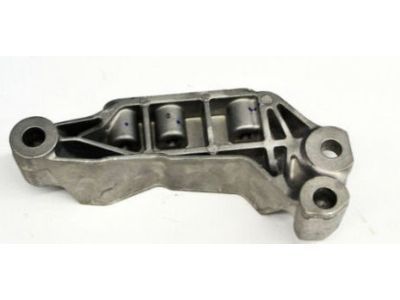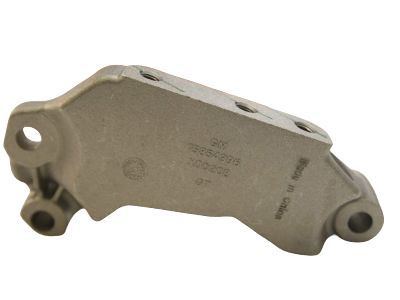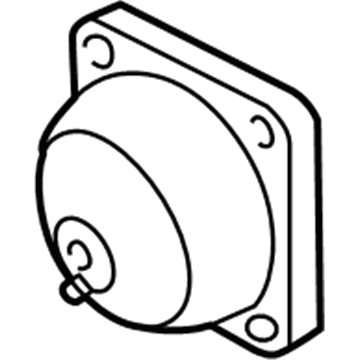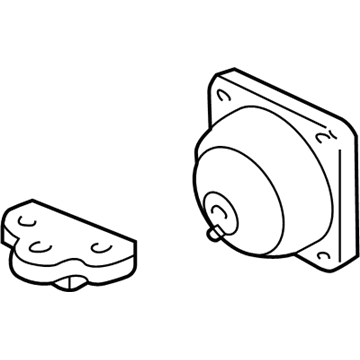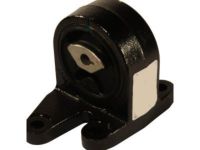
My Garage
My Account
Cart
Genuine Saturn Engine Mount
Engine Motor Mount- Select Vehicle by Model
- Select Vehicle by VIN
Select Vehicle by Model
orMake
Model
Year
Select Vehicle by VIN
For the most accurate results, select vehicle by your VIN (Vehicle Identification Number).
101 Engine Mounts found
- Product Specifications
- Other Name: MOUNT, Engine Mount Dampening; Front Mount, Mount
- Position: Front
Saturn Mount Assembly, Engine
Part Number: 22708433$95.17 MSRP: $193.56You Save: $98.39 (51%)Ships in 1-2 Business DaysProduct Specifications- Other Name: MOUNT, Engine Mount Dampening; Front Mount, Motor Mount, Mount
- Replaces: 22631724, 15141228
Saturn Bracket, Engine Rear Mount
Part Number: 25840455$108.53 MSRP: $187.20You Save: $78.67 (43%)Ships in 1-3 Business DaysProduct Specifications- Other Name: BRACKET, Engine Mounting; Rear Mount Bracket
- Position: Rear
- Product Specifications
- Other Name: MOUNT, Engine Mount Dampening; Mount
- Product Specifications
- Other Name: MOUNT, Engine Mounting; Front Mount, Motor Mount, Mount
- Replaces: 20831436, 25786206, 20839836
Saturn Mount Assembly, Engine Front
Part Number: 10351213$53.64 MSRP: $80.43You Save: $26.79 (34%)Ships in 1-2 Business DaysProduct Specifications- Other Name: MOUNT, Engine Mounting; Front Mount, Mount
- Position: Front
Saturn Bracket, Engine Mount Strut & Engine Lift
Part Number: 12594433$30.47 MSRP: $61.44You Save: $30.97 (51%)Product Specifications- Other Name: BRACKET, Engine Mounting
- Replaces: 10154776, 12570320
Saturn Bracket Assembly, Engine Mount Strut
Part Number: 10274661$176.57 MSRP: $301.93You Save: $125.36 (42%)Ships in 1-3 Business DaysProduct Specifications- Other Name: BRACKET, Engine Mounting; Strut Bracket, Strut Front Bracket
- Product Specifications
- Other Name: MOUNT, Engine Mounting; Front Mount
- Position: Front
Saturn Strut, Engine Mount
Part Number: 15942412$21.17 MSRP: $30.57You Save: $9.40 (31%)Ships in 1-2 Business DaysProduct Specifications- Other Name: STRUT, Engine Mount Dampening; Strut, Strut Mount
Saturn Strut, Engine Mount
Part Number: 25840458$47.77 MSRP: $81.69You Save: $33.92 (42%)Ships in 1-3 Business DaysProduct Specifications- Other Name: STRUT, Engine Mount Dampening; Strut, Strut Bracket, Strut Mount
- Product Specifications
- Other Name: BRACKET, Engine Mounting; Bracket
Saturn Bracket, Engine Mount Strut
Part Number: 23197326$126.81 MSRP: $216.79You Save: $89.98 (42%)Ships in 1-2 Business DaysProduct Specifications- Other Name: BRACKET, Engine Mounting; Side Bracket, Strut, Strut Bracket
- Replaces: 25840457
Saturn Bracket,Engine Mount Engine Side
Part Number: 90575142$40.25 MSRP: $81.18You Save: $40.93 (51%)Product Specifications- Other Name: BRACKET, Engine Mounting; Side Mount Bracket
- Product Specifications
- Other Name: MOUNT
- Position: Front
- Product Specifications
- Other Name: Bracket, Eng Frt Mt; Front Mount Bracket
- Position: Front
- Replaces: 25840454
Saturn Strut Assembly, Engine Mount
Part Number: 10247084$37.70 MSRP: $91.28You Save: $53.58 (59%)Ships in 1-2 Business DaysProduct Specifications- Other Name: STRUT, Engine Mount Dampening; Strut
- Product Specifications
- Other Name: ADAPTER, Engine Mounting
- Replaces: 22689529
- Product Specifications
- Other Name: MOUNT, Engine Mount Dampening; Mount
- Position: Front
- Product Specifications
- Other Name: MOUNT; Side Mount
- Position: Front
| Page 1 of 6 |Next >
1-20 of 101 Results
Saturn Engine Mount
In need of new Saturn Engine Mounts? We suggest you explore our vast collection of genuine Saturn Engine Mounts, all available at competitive prices. Furthermore, every OEM part we provide is backed by a manufacturer's warranty and comes with the promise of swift delivery and a hassle-free return policy.
Saturn Engine Mount Parts Questions & Experts Answers
- Q: How should engine mounts be checked and replaced to prevent damage to driveline components in four cylinder engine on Saturn Vue?A:Engine mounts seldom require attention, but broken or deteriorated mounts should be replaced immediately to prevent damage or wear on driveline components. To check the mounts, raise the engine slightly to remove the weight from them. Begin by raising the vehicle and securely supporting it on jackstands, then position a jack under the engine oil pan with a large block of wood between the jack head and the oil pan, carefully raising the engine just enough to relieve the weight on the mounts. Inspect the mounts for any cracks, hardened rubber, or separation from the bushing in the center. Check for any relative movement between the mount and the engine or frame using a large screwdriver or pry bar; if movement is noted, lower the engine and tighten the mount fasteners. For replacement, disconnect the negative battery cable, and for all engines except the 2.0L, remove the engine air filter and housing. Raise the vehicle again and support it securely on jackstands, then place a large block of wood between the jack head and the oil pan, raising the engine to relieve the weight on the mounts. Remove the engine mount through-bolt/nuts and detach the mount from the chassis bracket, followed by removing the fasteners holding the mount to the engine bracket. Installation is the reverse of removal, using thread-locking compound on the mount fasteners and ensuring they are tightened securely. The engine/transaxle assembly must be balanced in weight distribution among the powertrain mounts before tightening the mounting bolts; loosen all mount bolts, shake the engine from side to side and front-to-rear to settle it, and then tighten all mounts in the specified order. Finally, reconnect the battery.
Related Saturn Parts
Browse by Model
Astra Engine Mount Aura Engine Mount Ion Engine Mount L100 Engine Mount L200 Engine Mount L300 Engine Mount LS Engine Mount LS1 Engine Mount LS2 Engine Mount LW1 Engine Mount LW2 Engine Mount LW200 Engine Mount LW300 Engine Mount Outlook Engine Mount Relay Engine Mount SC Engine Mount SC1 Engine Mount SC2 Engine Mount SL Engine Mount SL1 Engine Mount SL2 Engine Mount SW1 Engine Mount SW2 Engine Mount Sky Engine Mount Vue Engine Mount
